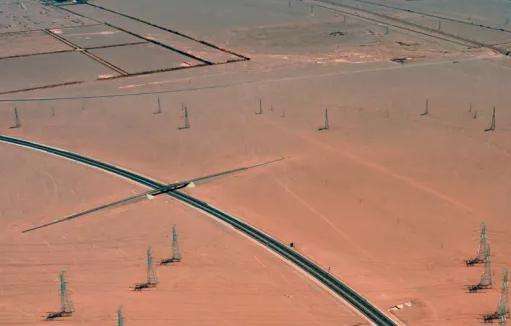Public information shows that a standard one million kilowatt thermal power plant consumes about 3 million tons of coal per year and emits 25,000 tons of sulfur dioxide, 15,000 tons of nitrogen oxides, 320 000 tons of dust and 600 tons of carbon. dioxide in the atmosphere. In 2013, China's installed thermal capacity was 860 million kilowatts, the equivalent of 860 million-kilowatt thermal power plants. These thermal power plants emit 21.5 million tonnes of sulfur dioxide, 12.9 million tonnes of nitrogen oxides and 275 million tonnes of nitrogen oxides. dust in the atmosphere every year. These pollutants are released into the atmosphere and, after a series of physical and chemical changes, become the main components of PM2.5.
Nuclear energy is a kind of clean energy. During the nuclear power generation process, it does not produce sulfur dioxide,nitrogen oxides, smoke and dust, or carbon dioxide. Even considering the entire energy production process, from mining to fuel and electricity production, nuclear power produces far fewer harmful gases than fossil fuels. It is also a one million kilowatt power plant. The nuclear power plant produces only 30 tons of nuclear waste per year, which can be transported with a large truck and does not emit sulfur dioxide, nitrogen oxides, dust or carbon dioxide. /p>< p>A standard one million kilowatt thermal power plant consumes about 3 million tons of coal per year and emits a total of 6.36 million tons of pollutants and carbon dioxide if 36 nuclear power plants are implemented in operation by 2016. , pollutants will be reduced every year and carbon dioxide emissions will amount to 216.24 million tons (multiplied by636 by 34, 34 million kilowatts are converted into 34 million kilowatts, which is equivalent to 34 million kilowatts of nuclear power plants).














